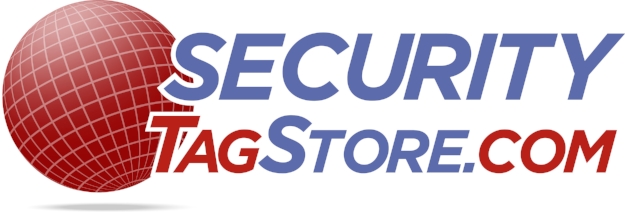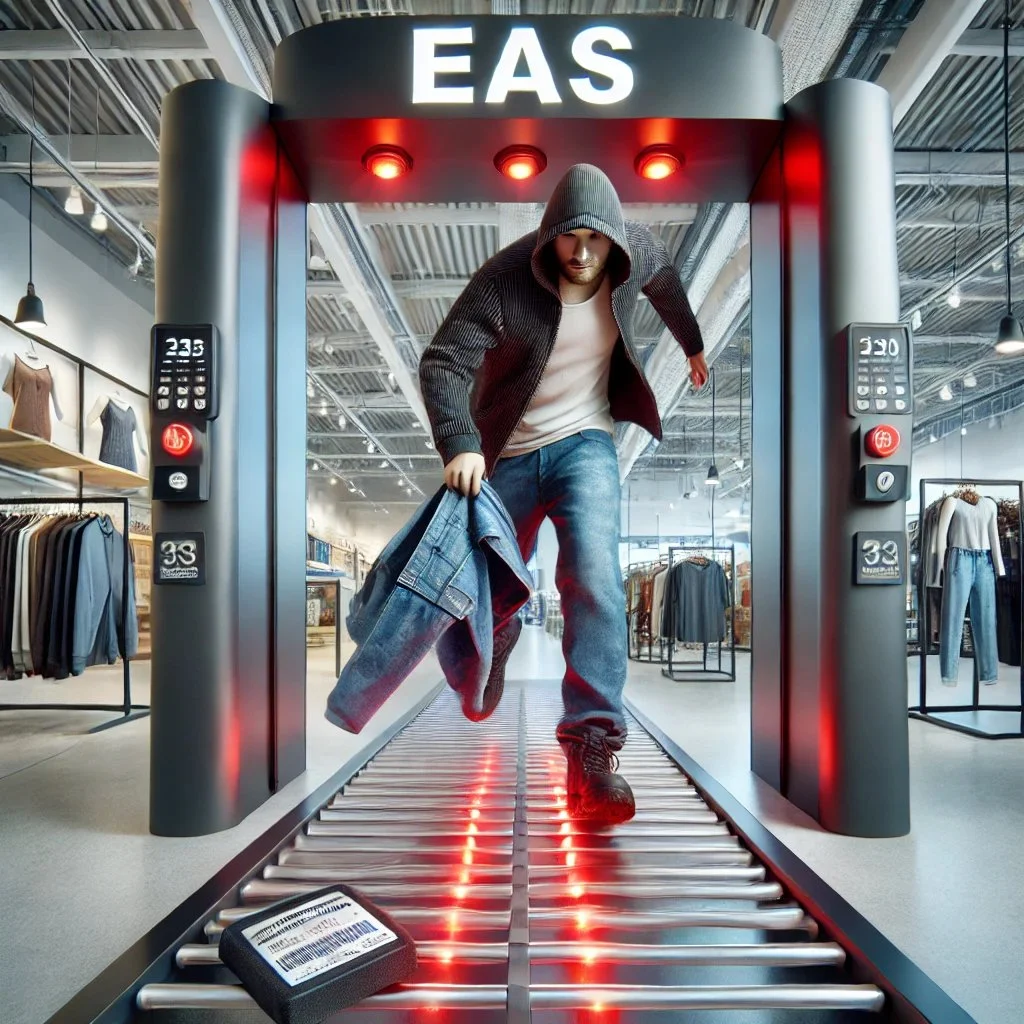Hurricanes can cause significant disruption to your business, but having the right commercial property insurance coverage can make all the difference. If your EAS security tag system is damaged by wind or rain, your insurance policy will likely cover the repair or replacement costs. However, flood damage will require a separate policy, and understanding the difference between replacement value and actual cash value is critical when making sure you’re adequately protected.
https://www.higginbotham.com/blog/understanding-commercial-property-insurance/
EAS systems function by detecting special tags or labels attached to merchandise. Pedestals installed at store exits act as antennas that trigger an alarm if a tag passes through without being deactivated or removed. The effectiveness of these systems is highly dependent on several factors, including pedestal placement, electrical setup, and conduit installation. Ignoring these details can compromise the system’s ability to protect store inventory.
There’s no doubt that advanced tags like the SuperTag 4 provide significant advantages in loss prevention, especially in tackling organized retail crime and high-value merchandise theft. However, retailers must carefully consider the hidden costs and operational challenges of upgrading to a system that requires new detachers. The initial financial investment, operational disruptions, and long-term impacts on both staff and customer experiences should be weighed against the potential security benefits.
Philadelphia's experience highlights the delicate balance between criminal justice reform and maintaining public safety. The city's evolving approach to retail theft demonstrates the need for adaptive policies that address both the symptoms and root causes of crime while maintaining a strong deterrent against illegal activities.
https://metrophiladelphia.com/krasner-shoplifting-policy/
Ink tags operate on a simple principle: benefit denial. If a thief attempts to forcibly remove the tag, ink vials inside rupture, permanently staining the item. For legitimate customers, the tags are easily removed at the point of sale using a special detacher.
https://losspreventionmedia.com/the-improbable-history-of-the-ink-tag/
Wardrobing is not just a minor inconvenience for retailers; it’s a costly problem. When customers return worn items, these items often cannot be resold at full price and may need to be heavily discounted or even discarded. This leads to lost revenue, increased handling costs, and a negative impact on inventory management.
By implementing anti-wardrobing tags, retailers can significantly reduce the incidence of fraudulent returns. These tags serve as a powerful deterrent, making it clear to customers that wardrobing is not an option. This not only protects the retailer’s bottom line but also helps maintain the integrity of their return policies.
One of the often-overlooked aspects of self-checkout that contributes to increased theft is the difficulty in effectively using security tags. In traditional checkout lanes, cashiers are responsible for removing or deactivating security tags on items before they leave the store. However, in a self-checkout environment, this process becomes more challenging.
https://www.retailcustomerexperience.com/news/walmart-pulling-self-checkout-lanes-due-to-shoplifting/
What is clear is that California is taking a stronger stance against shoplifting, with more severe consequences now in place for those who engage in this type of crime. As the state navigates this complex issue, the effectiveness of these new laws will ultimately be measured by their impact on reducing retail theft and ensuring public safety.
https://calmatters.org/justice/2024/08/retail-theft-new-laws/
Security tags can be easily integrated into a wide range of products, from razors to electronics, and they provide a visible deterrent that discourages shoplifters. Unlike locked cabinets, which require employee intervention, EAS systems operate seamlessly in the background, allowing store associates to focus on providing better customer service rather than constantly unlocking cabinets.
https://www.axios.com/2024/08/11/retail-theft-cvs-walgreens-locked-cabinet
over 20% of Americans admitted to shoplifting in the past year, with 90% citing inflation and economic pressures as their main motivation.
https://www.cbsnews.com/amp/news/shoplifting-retail-theft-crime-stealing-inflation/
In response to the growing issue of shoplifting, retailers and law enforcement agencies are ramping up their efforts to combat this trend. From investing in advanced surveillance technologies and security measures, like ink security tags, to collaborating on initiatives aimed at dismantling ORC networks…
Most EAS security system providers should be able to assist with the needed quotations and invoices to facilitate a timely processing of the claim.
If you’ve ever picked up a piece of clothing at a retail store and noticed a security tag filled with ink, you may have wondered the purpose of it –– for those who aren’t in the retail security industry, it can feel like a drastic measure. But there’s an important reason security tags are filled with ink –– it can be a helpful measure for retailers and deter potential shoplifters.

